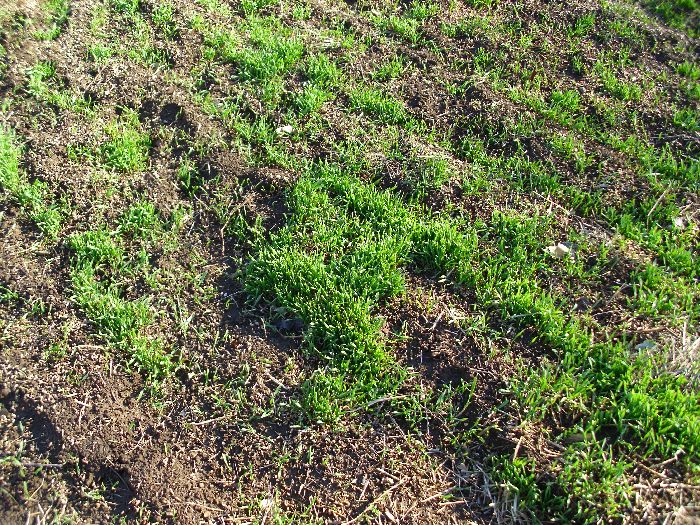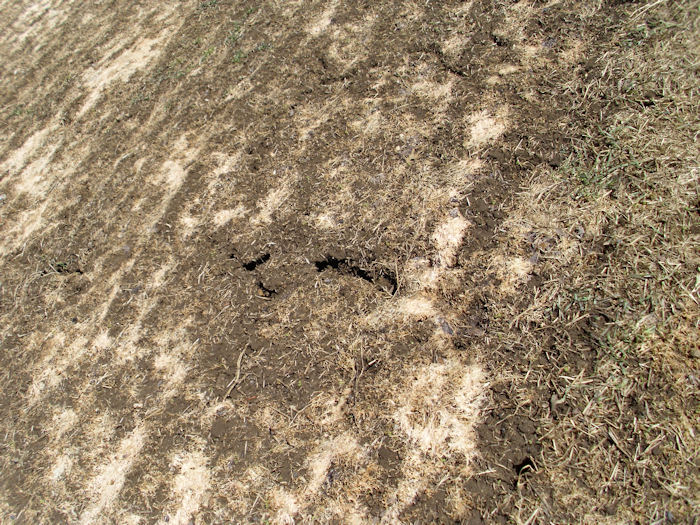For many people, fall is a time when they cut the grass the last time, take their car to the mechanic for winterization, check for air leaks in the windows, and ensure the furnace will run. These common chores affect anyone involved in self-sufficiency as well. For example, you still need to get your car ready—assuming you have one.
However, fall cleanup requires a lot more from anyone engaged in self-sufficiency because there are more facets to their environment. For example, fall is the time when you need to ensure your animal cages are completely cleaned. (Yes, you also clean them at other times, but fall is when you take everything apart and really clean it up.) If some of your animals are outdoors, you need to ensure they’ll have sufficient cover for the winter months. For us, that means scrubbing down every one of the rabbit hutches and letting them dry before we put a rabbit back inside. In addition, we add any manure under the cages to the compost heap. The chicken coop needs to be cleaned completely, the old hay replaced, and the windows closed. I also make sure I wash the window so the chickens can see out. It turns out that chickens like a nice view too.
Of course, you take the garden down after picking any remaining goodies and plant your winter rye to prevent erosion. The fall is a good time to look for potential soil issues and possibly get a soil test so that you know how to deal with problems the following spring. Likewise, your herb and flower gardens require attention so that any perennial plants will make it through the winter. However, don’t put mulch on immediately. Wait until the garden is frozen and then put the mulch on. Doing so will ensure that the plants are properly prepared for the winter.
You may not have thought of it, but all of your equipment has taken a beating during the summer months, including all of the equipment used for canning. This is a good time to scrub your pots and pans up and ensure they’re in good shape before you put them up. Make sure your pressure canner receives particular attention. Check to see if the gasket is in good shape, along with the rubber plug used for emergency pressure relief. Your stove will need a thorough cleaning and may require maintenance as well. Make sure everything is put away correctly so that you don’t have to waste a lot of time trying to find it in the late spring when you begin using it again.
Don’t think you’re finished yet. Now is the time to start walking the grounds looking for problems in your orchard. For example, it’s relatively easy to find pests that hide on trees during this time of the year. Make sure you check trees for problems associated with stress. For example, pear trees are prone to crack at the joints. You might need to mark some areas for special pruning in the spring. If a problem seems especially serious, you may want to address it now, rather than later.
Being self-sufficient means ending as well as you began. During the spring there is an excitement that builds that makes it easy to prepare for the new gardening season, but by the end of the season, all you really want to do is flop down in front of the wood stove. The time you take to prepare now will pay significant dividends in the spring. Let me know about your fall preparations at [email protected].


